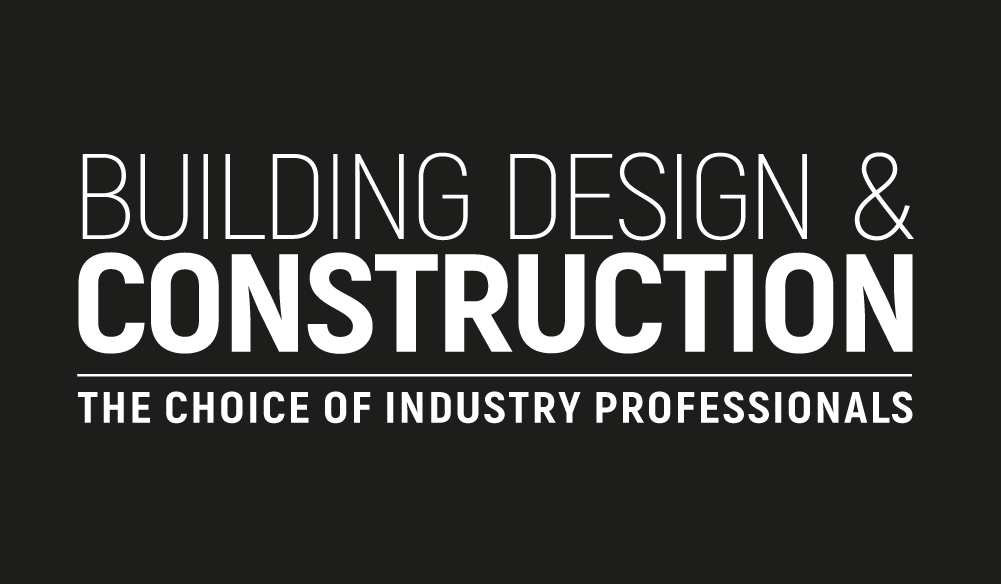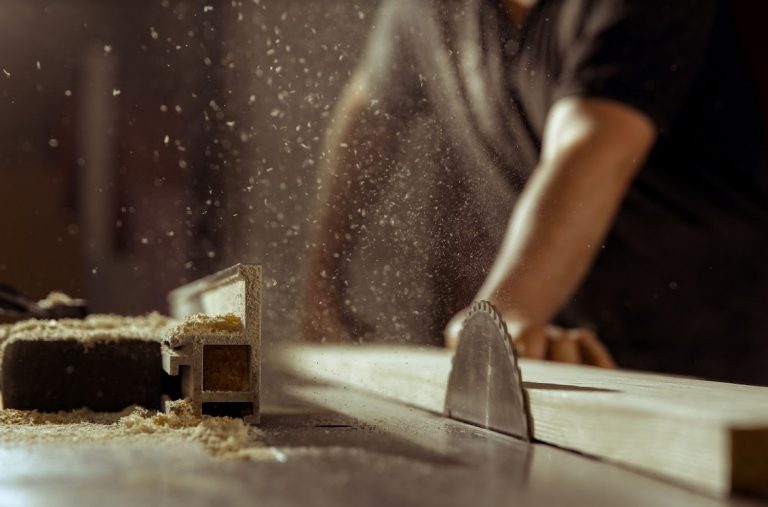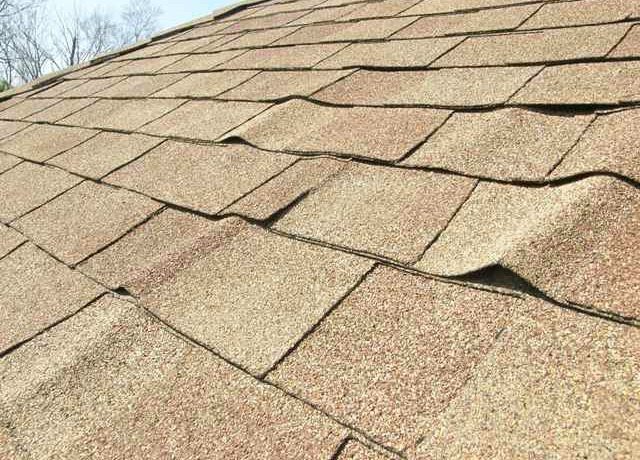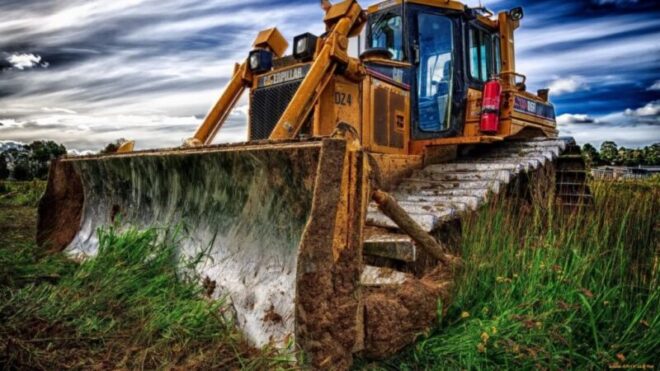As the saw manufacturing process has changed over the years, so has the need for customization. In the early days of saw manufacturing, each saw was made to order and was often a one-of-a-kind design. Today, however, most saws are mass-produced, and there’s a greater demand for customizable saws to meet specific needs. There are unique reasons you might need a custom saw. Perhaps you have a business with a special application that requires a saw with specific dimensions or capabilities. Or maybe you can’t find a saw that meets your needs ‘off the shelf.’ Whatever the reason, you should know a few things about custom saw manufacturing before you begin, and this blog will be your guide. What Is Custom Saw Manufacturing? Custom saw manufacturing is the process of creating saws that are specifically designed to meet the needs of a customer. It can include anything from creating a custom blade to designing a new saw. Custom saws are often exclusively designed by manufacturing companies such as Pacific Trail Manufacturing and used by professionals and businesses that need a saw designed for a specific purpose and have requirements that a standard saw cannot meet. Different Types Of Custom Saw When it comes to cutting wood, there is no one-size-fits-all solution. The type of custom saw you need will depend on the project you’re working on and the materials you’re using. Here are the different kinds of custom saws to consider for your next project: A custom table saw is a specialized piece of woodworking machinery designed to cut large pieces of lumber into smaller, more manageable pieces. While a standard table saw is designed to cut lumber already cut to size, a custom table saw is designed to cut lumber still in its raw, unprocessed state. A custom table saw is typically much larger and more powerful than a standard table saw, and it is also equipped with several specialized features and attachments. For example, a custom table saw may be equipped with a longer table top to accommodate larger pieces of lumber, and it may also have a built-in dust collection system to keep the work area clean. While a custom table saw can be a valuable addition to any woodworking shop, note that these saws also come at a price. As such, they are typically only purchased by professional woodworkers or serious hobbyists. A custom miter saw is a powerful and versatile tool used to make precise cuts in wood for various projects. The most common use for a miter saw is to cut molding and trim. It can also be used to cut dowels, tenons, and other small pieces of wood. A miter saw consists of a blade mounted on a swiveling arm. The arm can be positioned at different angles to make various cuts. The most common cuts are 90-degree cuts, but miter saws can also make 45-degree cuts and other angles. Miter saws are very precise tools. They can make exact measurement cuts, which is why they are so popular for projects requiring precise cuts, such as molding and trim. Custom miter saws are available with different blade sizes, which determine the thickness of the wood they can cut. The blade is very sharp and can cause serious injury when not used properly, so always use the saw carefully and follow the manufacturer’s instructions. A custom circular saw is a power saw designed to cut through wood, metal, or plastic. It typically has a circular blade mounted on an arbor and is driven by an electric motor. Custom circular saws are available in various sizes and configurations and can be used for multiple applications. Circular saws offer versatility for numerous tasks, such as cutting lumber, sheet metal, or pipes. They can be handheld or mounted on a stand and are available in multiple blade sizes. Custom circular saws are also available with various attachments, such as a miter gauge or rip fence, which can be used to make more precise cuts. A custom jigsaw is a saw used to cut a specific shape out of a piece of material. Jigsaws typically have a blade that is mounted on a reciprocating arm. The arm moves the blade up and down, and the user guides the blade along the desired cutting line. Jigsaws can be handheld or table-mounted. Most custom jigsaws are built with variable speed control, allowing the user to adjust the blade speed to match the material being cut. Some jigsaws also have an ‘orbital action’ feature, which causes the blade to move in a small circle as it cuts. It can be helpful when cutting curved or irregular shapes. Custom jigsaws are available from many manufacturers. Some companies specialize in selling jigsaws for specific applications, such as woodworking or metalworking. Other companies produce general-purpose jigsaws for various applications. When choosing a jigsaw, the right blade will depend on the thickness and hardness of the material and the desired finish. A custom bandsaw is designed to cut through thick wood and metal. These saws are typically used in industrial settings and are made from high-carbon steel, which makes them incredibly durable. The blades on these saws are usually thicker than standard blades, allowing them to cut through tougher materials. Custom bandsaws are an excellent investment for anyone who regularly works with metal. They can save a lot of time and effort. Custom band saws can be very expensive, but they offer a level of precision and power unmatched by any other type of saw. Benefits Of Custom Saw Manufacturing If you’re in the market for a new saw, you may wonder why you should go with a custom saw manufacturer. Custom saws are made to specific specifications, such as this video… They can be a benefit if you have particular needs that a standard saw can’t meet. Here are a few benefits of custom saw manufacturing: How To Get The Best Custom Saw Running a business is hard enough without worrying about finding














